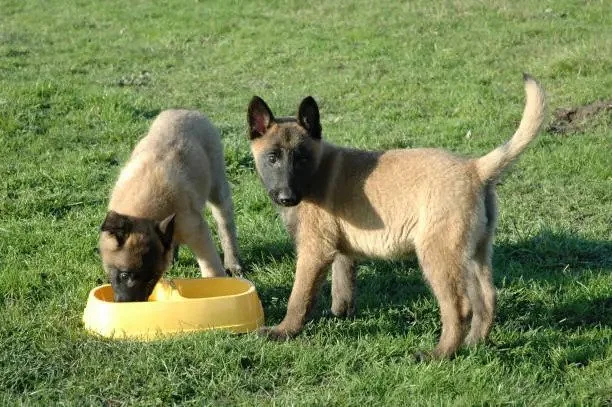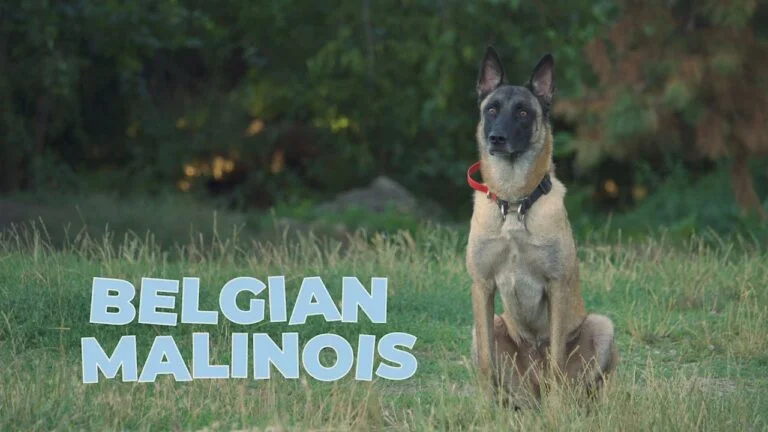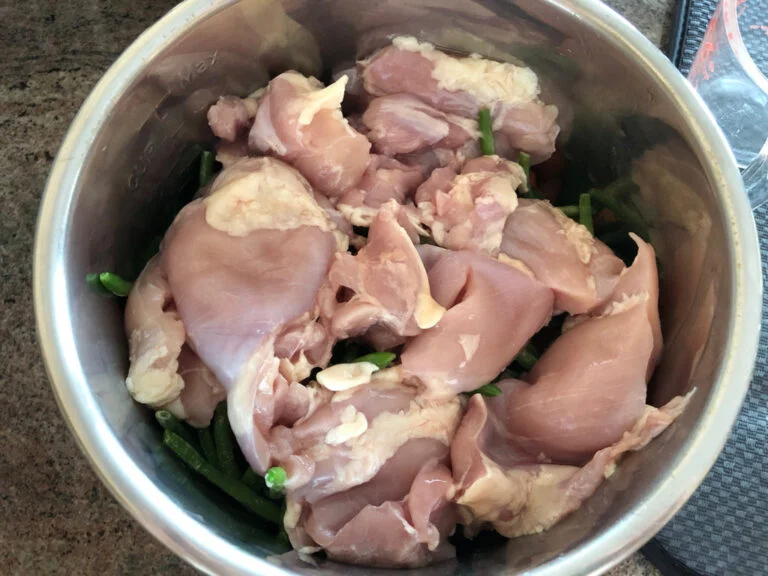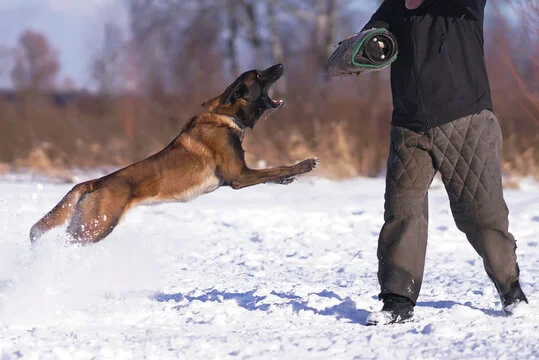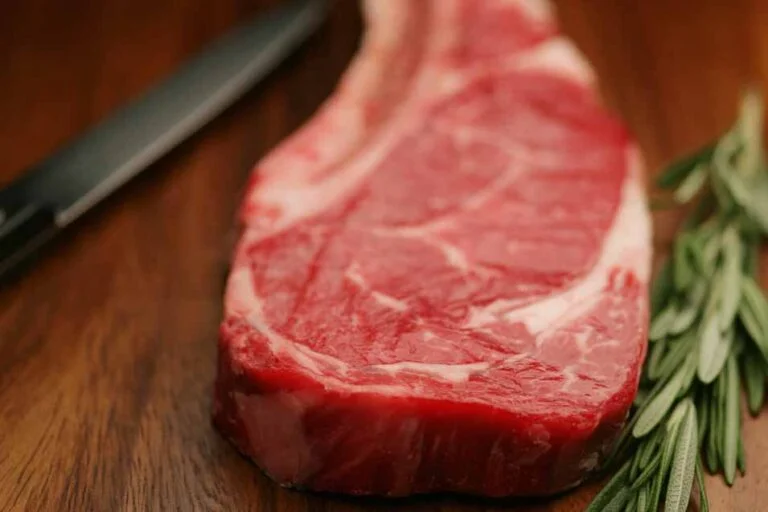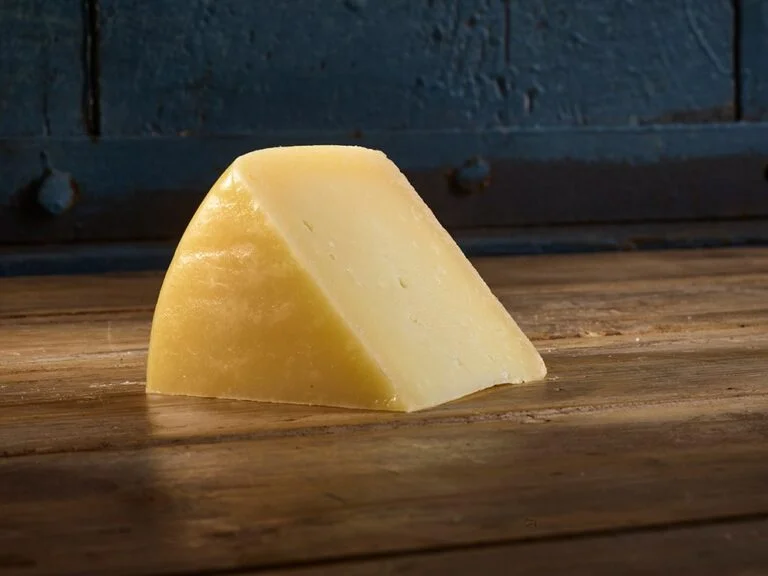Can Belgian Malinois Eat Bones?
Bones have been a classic image in the dog world, with countless depictions of canines joyfully gnawing away at them. However, as dog ownership evolves, so does our understanding of what’s best for our furry companions. This brings us to a topic that’s ripe for discussion: “Can Belgian Malinois eat bones?”. In this article, we’ll navigate through the world of bones and how they fit into the diet of the agile and ever-energetic Belgian Malinois.
A Brief Overview of the Belgian Malinois
Let’s first understand the breed we’re discussing.
Origins and Attributes
Originating from Belgium, this breed is a part of the sheepdog family, celebrated for its intelligence, agility, and work ethic. Their dynamic lifestyle demands a well-balanced diet.
Nutritional Needs
- Protein: Being highly active, they need substantial protein for muscle repair and growth.
- Fats: Essential for energy and coat health.
- Calcium and Phosphorus: Vital for bone health, especially in younger dogs.
Decoding Bones: More Than Just Calcium
While bones are primarily associated with calcium, they offer more than just that.
What Bones Bring to the Table
- Minerals: Apart from calcium, bones provide phosphorus, magnesium, and other essential minerals.
- Marrow: The marrow inside bones is rich in fats and nutrients.
- Teeth Health: Chewing bones can help reduce tartar and plaque.
- Enrichment: Gnawing on bones can be a form of mental and physical stimulation for dogs.
Pros and Cons of Offering Bones to Belgian Malinois
The Advantages
- Dental Hygiene: As mentioned, bones can naturally clean a dog’s teeth.
- Nutrient Intake: They can be a good source of minerals and marrow-based nutrients.
- Behavioral Benefits: Chewing is a natural behavior and can help reduce anxiety and boredom.
The Concerns
- Choking Hazard: Small or splintered bones can be a choking risk.
- Internal Injuries: Splintered bones might pierce internal organs or cause blockages.
- Digestive Disturbances: Some bones might be hard to digest or cause stomach upsets.
Navigating the Bone Conundrum: Which Bones are Safe?
Safe Options
- Raw Bones: Typically softer and less likely to splinter than their cooked counterparts.
- Size Matters: Opt for bones larger than the Malinois’ muzzle to minimize choking risks.
- Joint Bones: These are softer and contain cartilage, which is beneficial for joint health.
Bones to Avoid
- Cooked Bones: These can easily splinter, posing significant risks.
- Small Bones: These can be swallowed whole, leading to potential choking or blockages.
- Bones from Fowl: Chicken and turkey bones are notorious for splintering, even when raw.
Frequently Asked Questions
1. How long can I allow my Malinois to chew on a bone?
Limit chew sessions to 10-15 minutes. Extensive chewing can lead to dental fractures.
2. Can I give my Belgian Malinois marrow bones?
Yes, but in moderation. While nutritious, marrow is also rich in fat, which can lead to obesity or pancreatitis if overfed.
3. Are bone treats from stores safe?
While many are marketed as safe, it’s essential to research the brand and product. Some might still splinter or contain harmful additives.
In Conclusion
The image of a dog with a bone is iconic. Yet, for owners of Belgian Malinois, the decision to offer bones should be made with caution. While they can provide enrichment and nutritional benefits, safety should always come first. Always supervise your Malinois while they’re enjoying a bone, and ensure you’re providing them with a safe, appropriate type and size.


